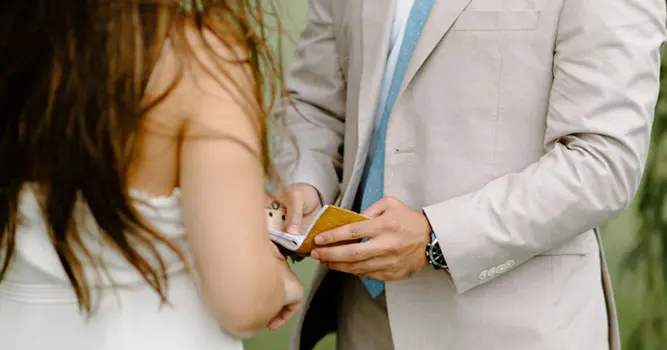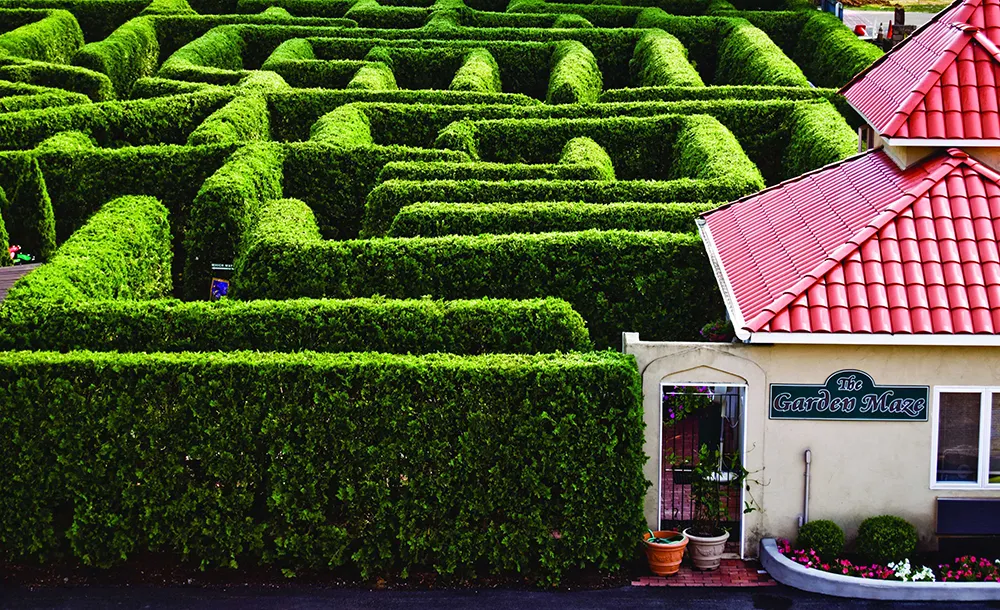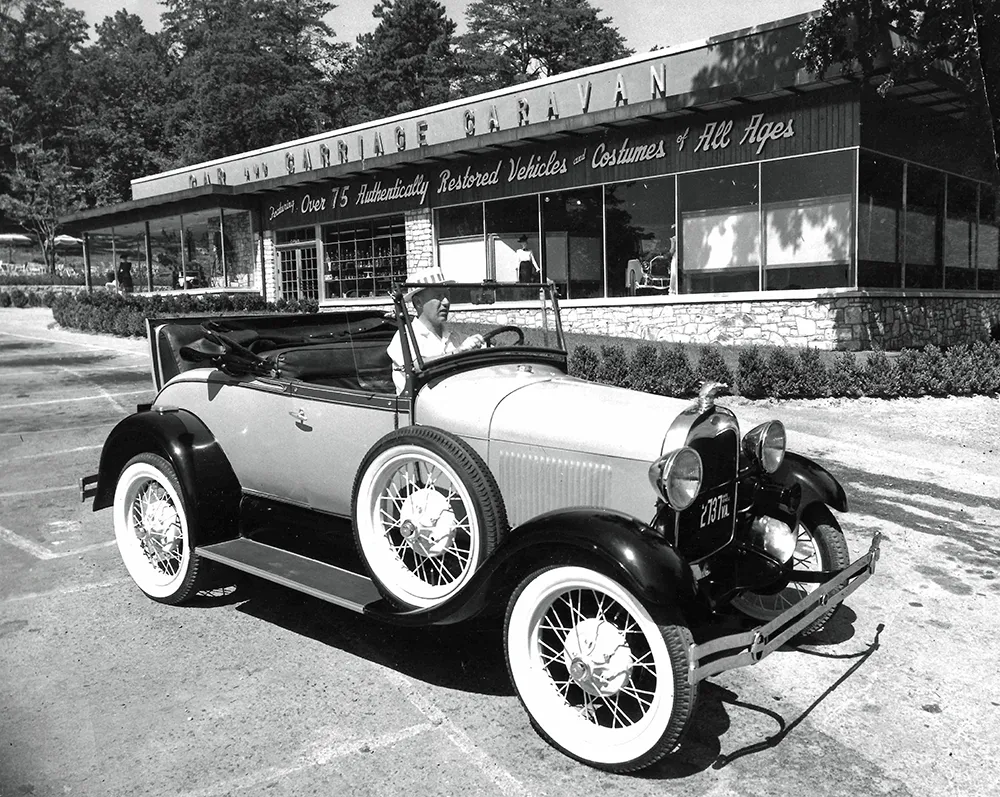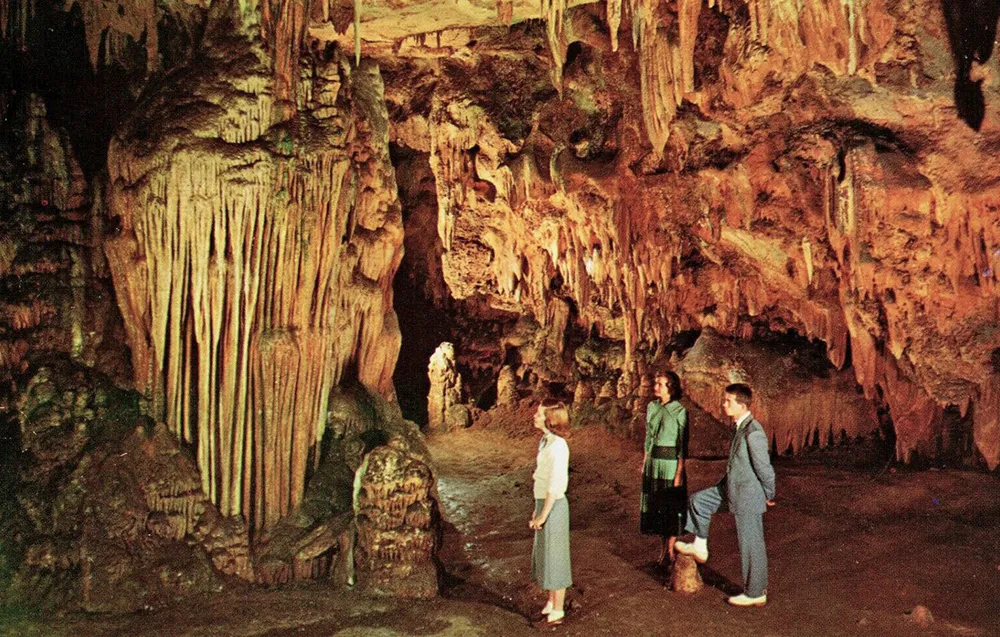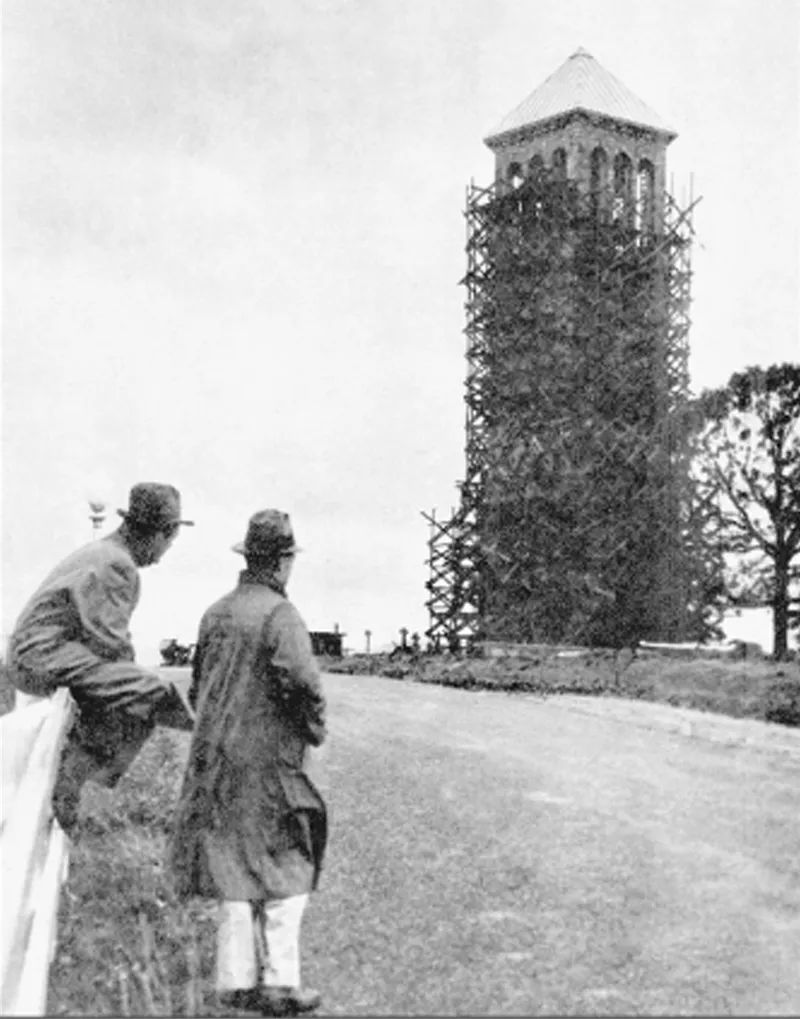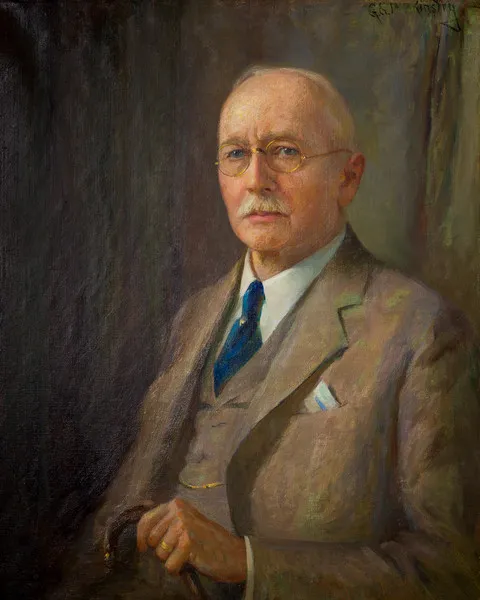Our Story
Our History
It all started on August 13, 1878…
…when Andrew Campbell, William Campbell, and Benton Stebbins were walking in a field and felt a rush of cold air coming from a limestone sinkhole which was unusual on a hot summer day. And so, the discovery was on! Andrew, three other men, and his 13-year-old nephew, Quint, began exploring the area searching for a cave. They dug away loose rocks and sticks for four hours before Andrew and Quint slid down by a rope into the cave with candles in hand. When they got down there, they could hardly believe their eyes. The men had just discovered Luray Caverns, the largest series of caverns in Eastern America.
Luray Caverns History Timeline
4 Million Centuries in the Making



